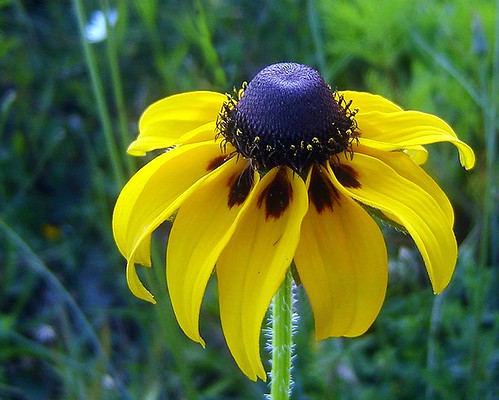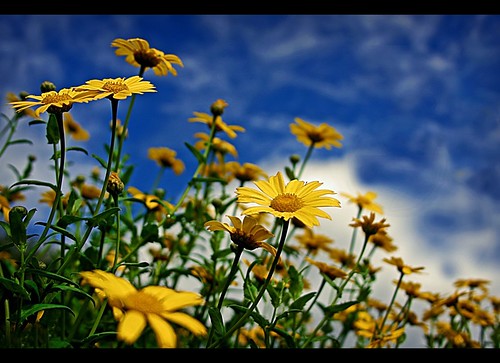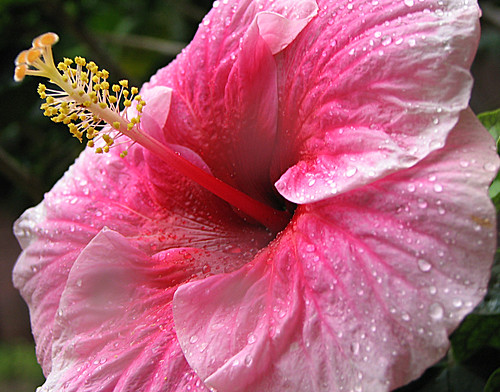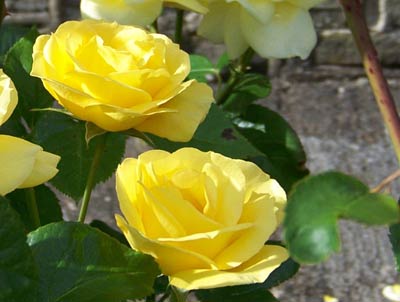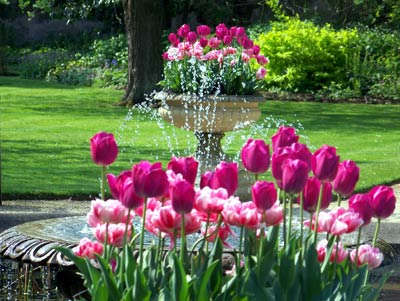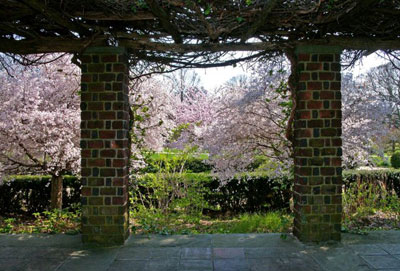
This wonderful variety of Orchids is known in its native Japan as ‘Butterfly Wings’ Its delicate and beautiful flowers bely its relative hardiness. This variety can stand temperatures down to 0 degrees or even lower if not over watered.
Like other orchids it benefits from bright conditions but needs to be sheltered from direct sunlight. An east facing window is ideal.
Orchids need careful watering in free draining soil.
In the growing season, you want to feed them with a proprietory orchid feed once a month – following instructions to avoid over feeding.
This variety of Ponerorchis are supplied as naturally small tubers. Their flowering season is from April to early June. As well as beautiful flowering, they provide a delicate vanilla fragrance to fill any room.
Always use special (usually bark based) orchid compost. These composts help provide the free draining conditions orchids need.
Extended Flowering Season. One of the delights of orchid growing is the length of blooms that can be maintained. After a flowering stick has faded, try cutting it just above the second node to try and encourage a second bloom.
The Orchid family is very large and diverse and it is advisable to take note of particular requirements of different varieties. But, don’t let their reputation of being difficult put you off!
Special Orchid Offer
Related




